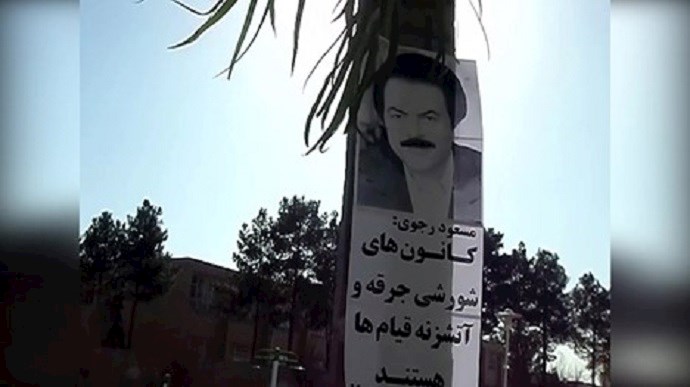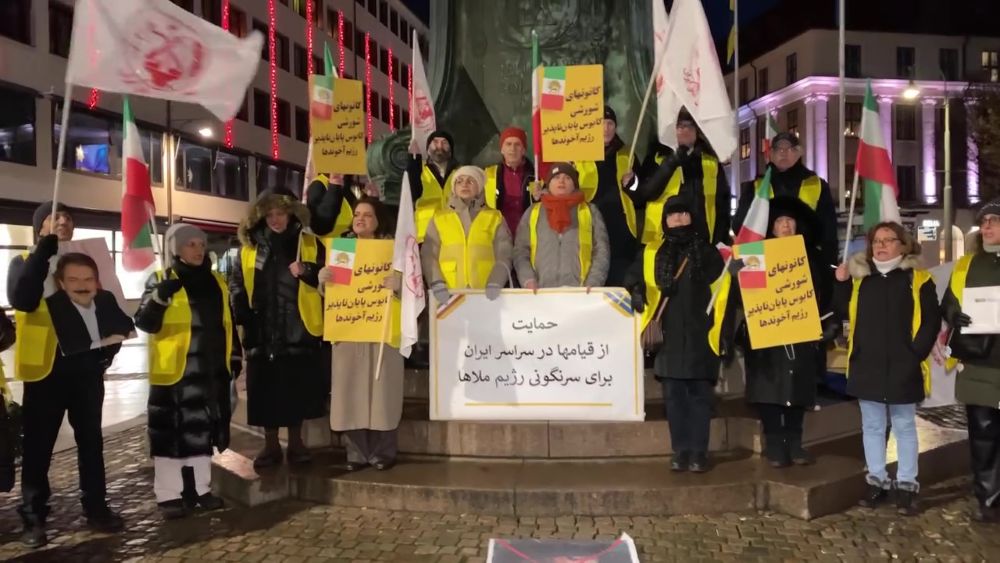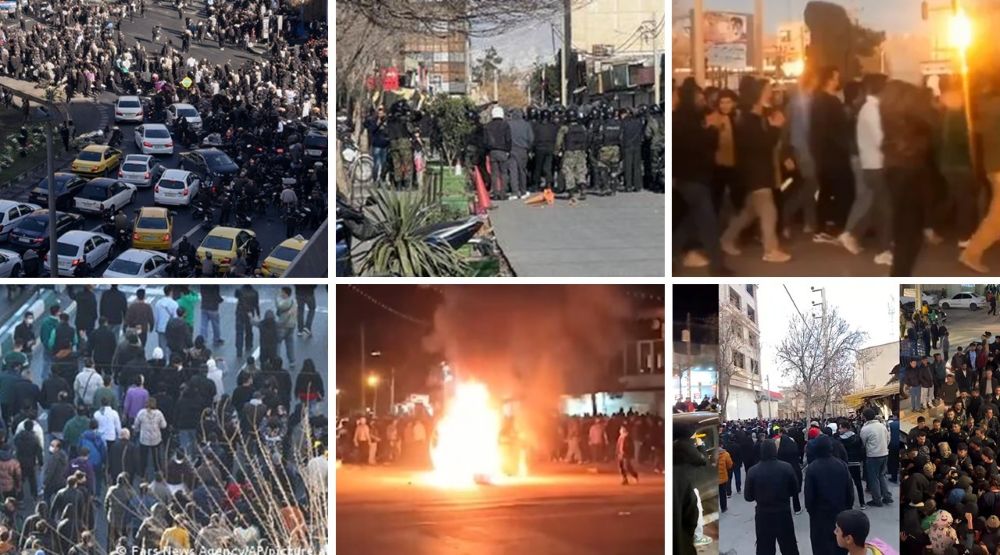Over the past few days, the Iranian Resistance Units, which is the internal network of opposition group People’s Mojahedin Organization of Iran (PMOI/MEK), have been carrying out anti-regime activities across Iran.
On January 28, protesters put up posters of Resistance leader Massoud Rajavi in Tehran and Nishabur, featuring slogans like “The Resistance Units are sparks of uprisings” and “The uprising is fire under the ashes”.
While Resistance Units in Mashhad handed out leaflets, booklets, and images of Maryam Rajavi President of the National Council of Resistance of Iran (NCRI). They also wrote slogans on walls, including:
- “Iran will rise up in revolt”
- “Hail to those who revolt for freedom”
- “Nothing in the world is stronger than our determination and will to achieve freedom”
- “The mullahs must get lost”
- “The army of the poor and unemployed will not rest or surrender”

Given the increased presence of Iranian forces, who have killed over 100,000 MEK members since 1979, this shows just how brave the Iranian people are and how desperate they are for regime change. MEK members or supporters are subjected to arrest, imprisonment, torture, and execution, but still the group’s internal network has flourished since 2017, in spite of the pandemic.
They expanded following the December 2017 uprising, when Maryam Rajavi called for a year full of uprisings, and grew to the point that nationwide protests in November 2019 shook the regime to its core. Of course, the mullahs reacted with brutality, killing 1,500 protesters and arresting thousands more, but the state media and various officials have been forced to admit that MEK influence on the Iranian people is growing.
Vice-president Eshagh Jahangiri recently admitted just how desperate the regime was, calling the crackdown “unfortunate” and alluding to the massacre of citizens in Mahshahr by the Revolutionary Guards Corps (IRGC).
While the state-run daily Vatan Emrouz wrote Sunday that people’s anger against the regime was growing.
They wrote: “The most important point that should not be overlooked, is the growth of anger among the people in deprived and farfetched areas. Anger manifests itself mainly after confronting any government official. Public outrage over government officials is the result of established inefficiencies and indefensible economic conditions that weigh heavily on the deprived classes.”
#IranProtests on January 30:
— Iran News Update (@IranNewsUpdate1) January 31, 2021
1—Rally of Coastal People#Khuzestan province—following the visit of Iran’s First Vice President Eshaq Jahangiri, locals of Khomeini port held a rally to voice their protests.pic.twitter.com/B0qDJGfC8O
What is certain is that the Iranian people’s anger will not subside. It has only grown during the pandemic and will continue to grow until their dreams of regime change are realized.



